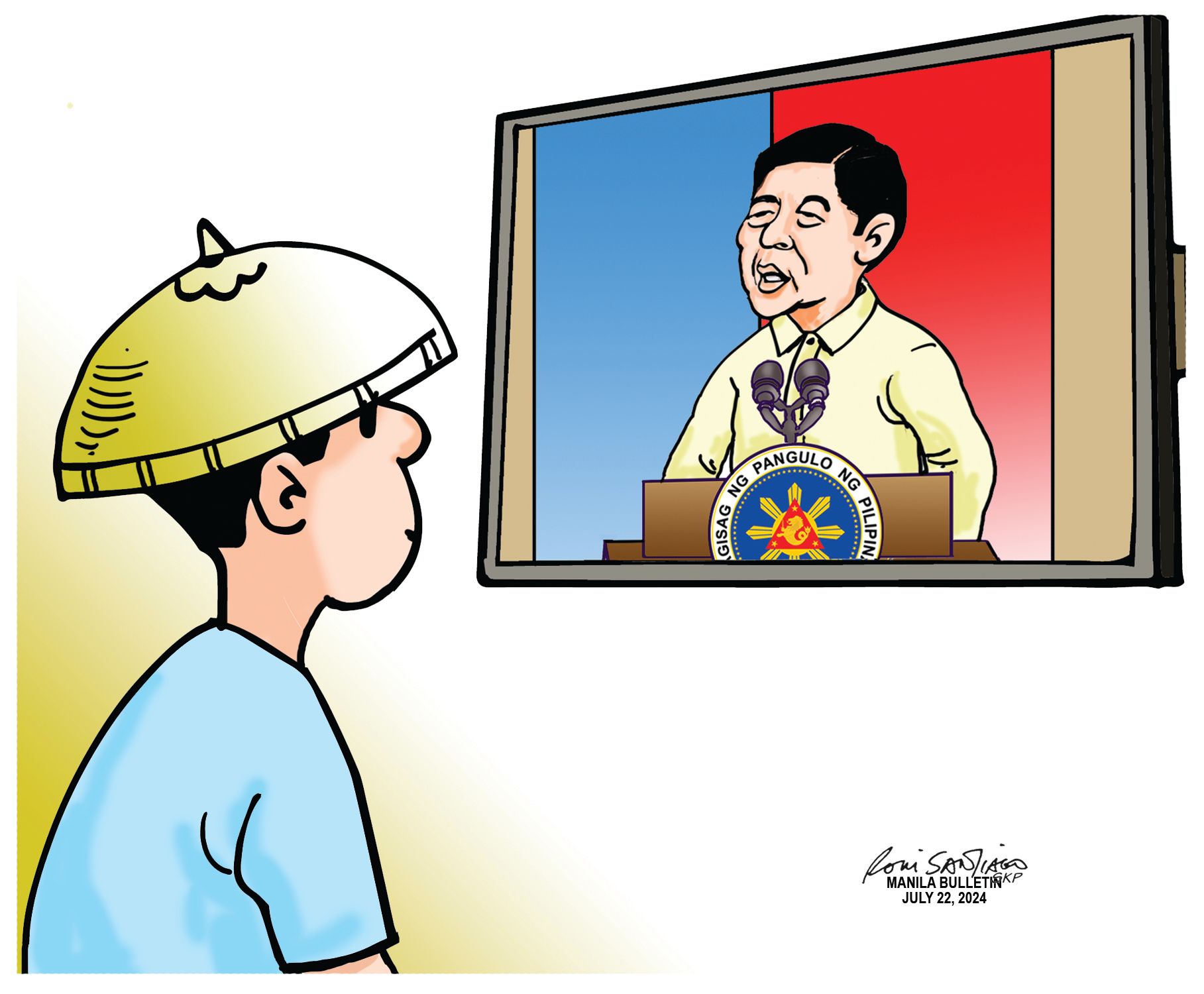
Among the audience segments listening to President Marcos’ third State of the Nation Address (SONA) today, the Filipino youth — “persons whose age ranges from 15 to 30 years totaled to 31.40 million or about 28.9 percent of the household population in 2020” according to the Philippine Statistics Authority — are probably those that would be most significantly affected by the policies and programs of his administration. The enduring character of their dreams and aspirations provide vectors on priority concerns that need to be addressed urgently.
Five themes emerge: Quality Education for All, Ample Job Opportunities, Sustainable Development, Healthcare Access, and Inclusive Governance.
The appointment of former Senator Sonny Angara as Department of Education Secretary provides the impetus for tackling the need to upgrade the quality of basic education. Despite the fact that education enjoys the highest priority in the national budget, nine out of 10 Filipinos aged 10 years old need to be taught how to read and to understand what they read. This was according to the 2022 World Bank Learning Poverty Report, where the Philippines was ahead of only two ASEAN countries, namely, Laos and Brunei Darussalam. The President needs to focus on efforts to modernize the educational system and raise digital literacy to equip our youth with the skills that would enable them to thrive and excel in a highly competitive milieu.
The government has established the Trabaho Para sa Bayan program which now serves as the country’s master plan for generating employment and creating high-quality jobs. A major component of this plan is to create one million digital jobs by 2028 which could bring in ₱24 billion to fund public services and infrastructure projects. In collaboration with the Private Sector Advisory Council (PSAC), the government is “aligning training programs with market demands, preparing our workforce, and opening doors to digital innovation and economic growth,” according to the President.
Sustainable practices to protect our environment have been prioritized. The administration is now implementing the UN-Philippines Sustainable Development Cooperation Framework as a blueprint for action from 2024 to 2028. This agreement mobilizes the global knowledge, capacities, and resources from 23 UN entities supporting the country in addressing its major national priorities to ensure that by 2028, the country would become fully resilient to tackle and hurdle “crises brought about by economic downturns, climate disasters, and public health risks.” Also emphasized is “climate action for environmental sustainability and disaster resilience” that envisions a “just transition to low-carbon, climate-resilient development and cultivating a culture of sustainability in the management of natural resources and biodiversity.”
Four priorities underpin the administration’s current health programs: first, accelerate implementation of the Universal Health Care Act; second, establish healthcare facilities; third, improve deployment of human resources for health; and fourth, promote digital health. According to the House of Representatives’ Congressional Policy and Budget Research Department, total health expenditure reached ₱1.20 trillion in 2022 or 5.5 percent of Gross Domestic Product. Yet, much still needs to be done to ensure access to affordable health services.
Finally, the President must convey that the government is committed to working tirelessly to build a nation where every Filipino youth can achieve their fullest potential. Hence, they, too, must step up and contribute their share in nation-building.